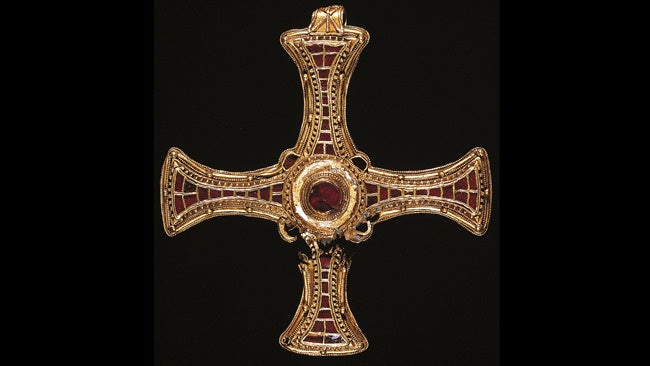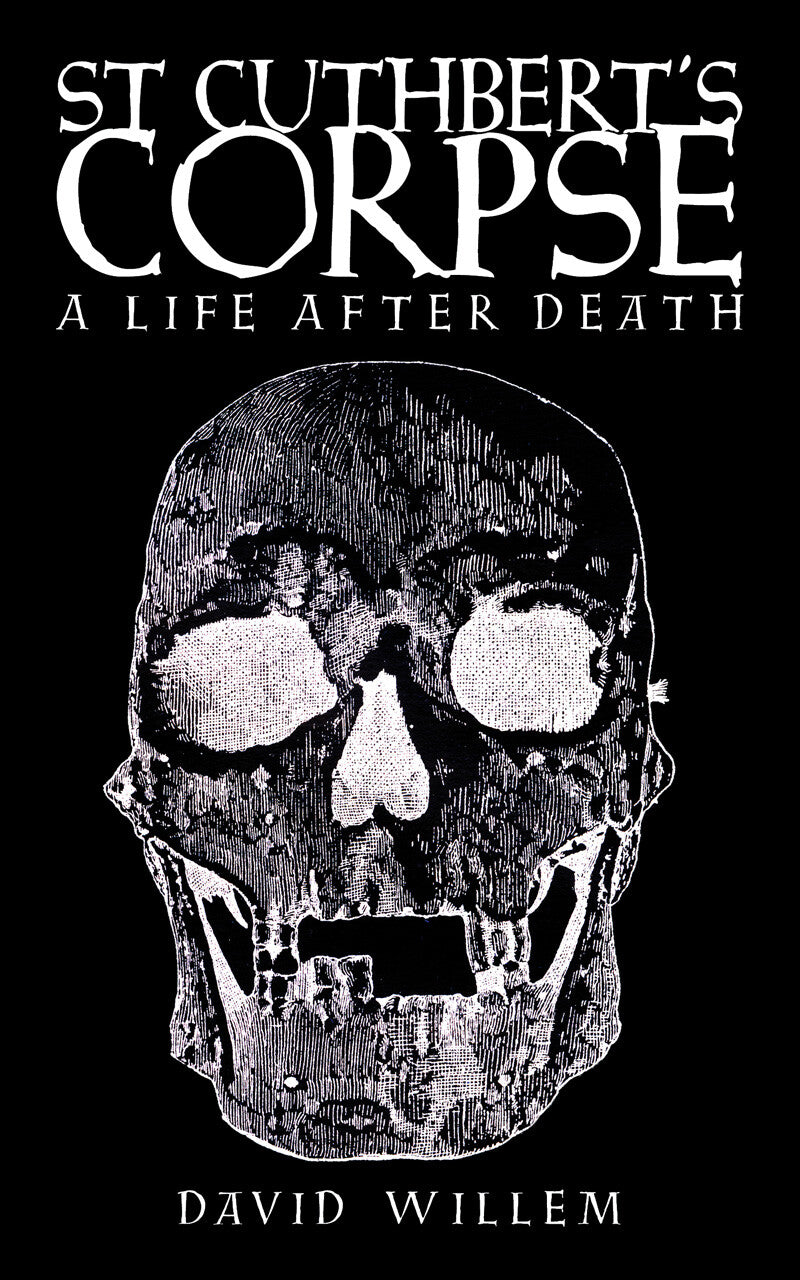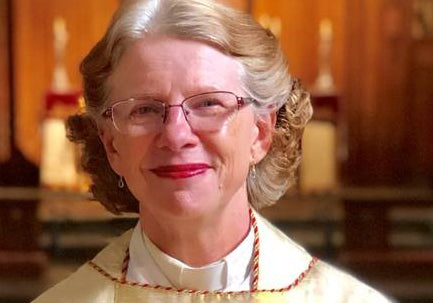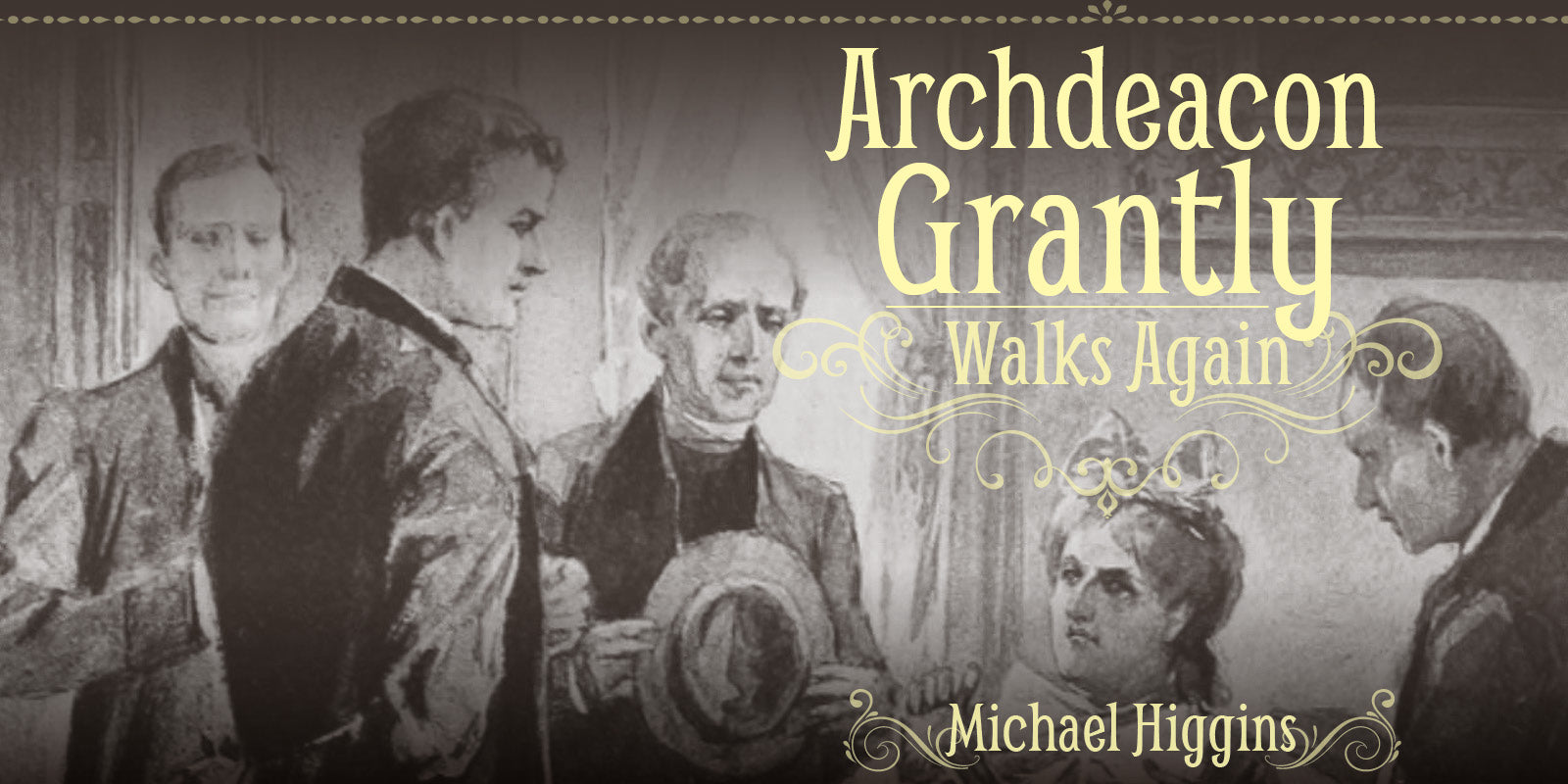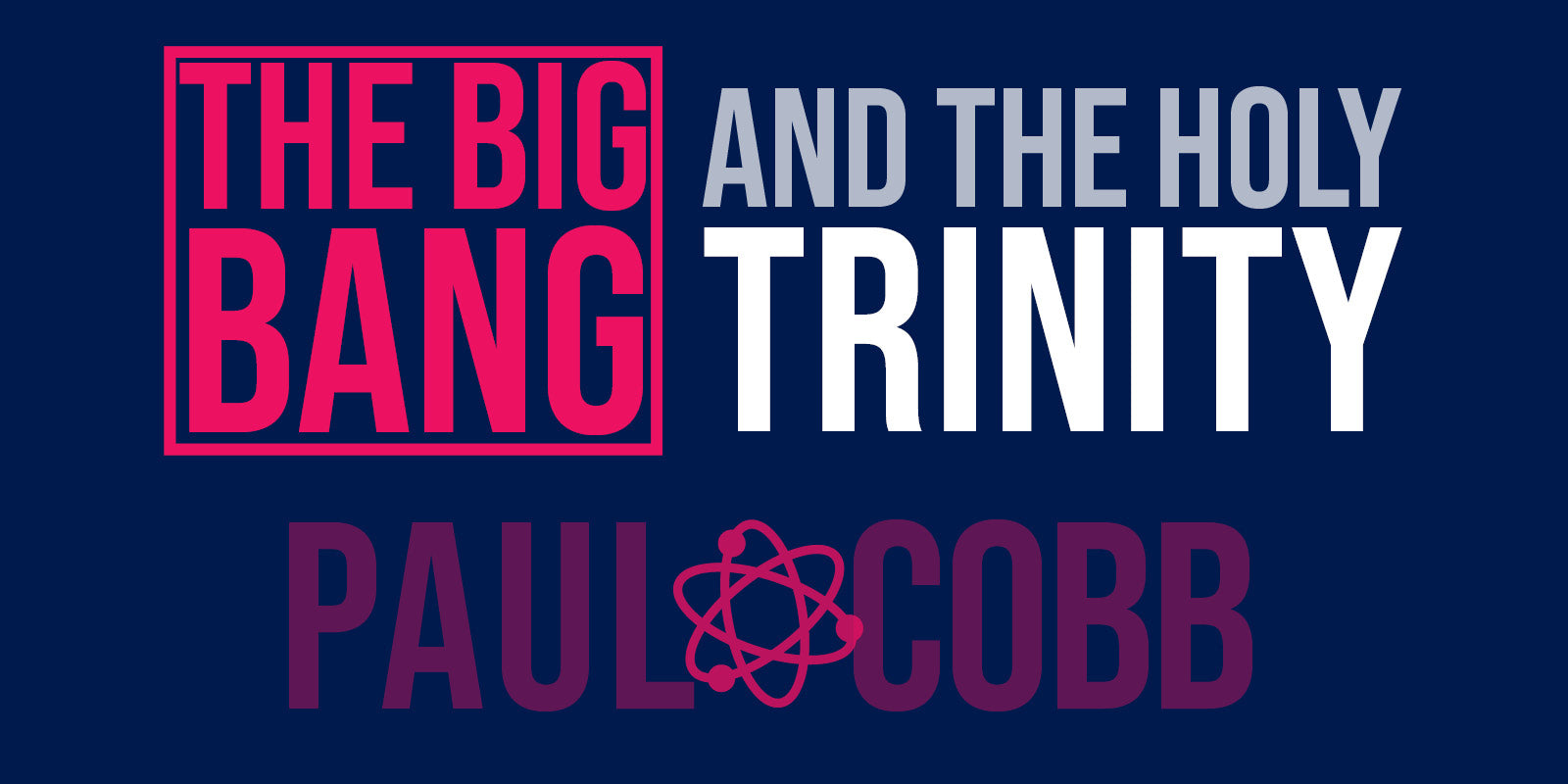 St Cuthbert’s cross is a puzzle. A golden jewel on a hermit’s emaciated cadaver. A female ornament adorning a male corpse. An Anglo-Saxon cross on an Anglo-Saxon skeleton, but which nevertheless lay undetected until the nineteenth century. Yet also an undetected cross which might be the model for a fourteenth-century pilgrim badge. The pieces of this puzzle do not easily fit together.
St Cuthbert’s cross is a puzzle. A golden jewel on a hermit’s emaciated cadaver. A female ornament adorning a male corpse. An Anglo-Saxon cross on an Anglo-Saxon skeleton, but which nevertheless lay undetected until the nineteenth century. Yet also an undetected cross which might be the model for a fourteenth-century pilgrim badge. The pieces of this puzzle do not easily fit together.
My research into St Cuthbert’s cross, recorded in my blog and in my Sacristy Press book on the saint’s relics, St Cuthbert’s Corpse: A Life after Death, lays out eight key pieces of this puzzle. The trick is to arrange the eight pieces to make a coherent picture of the history of the cross. It is a kind of reverse treasure hunt. The treasure has been found; the trick is to put the clues together to understand the story.
So here are the eight clues:
- Despite being a hermit well known for his asceticism, St Cuthbert was buried with a lot of valuable stuff, suggesting that whoever prepared his body for interment might well have included a gold cross.
- The mid-seventh-century style of the cross is perfect for its being interred with St Cuthbert in the late seventh century. In fact, where we have carbon dating for burials with similar jewellery, they all just precede the date of Cuthbert’s death; and the most similar cross-ornament yet found (at Trumpington in 2013) was in a burial that contained a skeleton whose most likely carbon-date range was AD 661-722: a perfect match for Cuthbert’s death in 687 or the re-interment of 698.
- Every other cross like it, as well as all the pendants from which these crosses derive, have (where there is evidence) only ever been found in female graves. Cuthbert is the only male, but also the only priest, and the only bishop. He is therefore unique, a sample of one.
- There were at least four recorded openings of St Cuthbert’s coffin between his death and the finding of the cross in 1827. None of the seven separate and generally detailed accounts of these four openings records a gold cross.
- In 1827, the cross was found ‘deeply buried beneath the remains of the robes which were nearest to the breast of the saint’, but the finder’s account is unreliable in many other ways.
- There were at least two other Anglo-Saxon crosses in Durham Cathedral that could have been added to Cuthbert’s coffin at some point: the Black Rood of Scotland and St Margaret’s cross.
- One description of the Black Rood could be the St Cuthbert cross: “In a casket marked with the sign of the cross … la Blakrood of Scotland of gold-work with a gold chain, in a wooden case with a silver gilt exterior.”
- A fourteenth-century pilgrim badge was found in Durham’s River Weir in 2013, which looks like it could be a crude copy of the Cuthbert cross.
My personal arrangement of these clues is always evolving. At the time of writing, I believe that St Cuthbert’s cross had nothing to do with the living St Cuthbert and that it was placed on his corpse after his death, either in 687 or 698, or at the Reformation—the last time we know the coffin was opened before the cross was found.
Whether you tend to an early date or a late date for the secreting of the cross comes down to the weight you give to the fourteenth-century pilgrim badge in your solution to the puzzle. If you think it is likely a copy of the Cuthbert cross, you have to go for a late date. If you think it isn’t, you can safely plump for an early association between the cross and the corpse.
However, the pilgrim badge, like the corpse of St Cuthbert itself, is unique; a sample of one. Which means the puzzle won’t be solved until someone finds another one. In the meantime, it is fun trying to make the pieces fit together.
Do you think you can solve the mystery of St Cuthbert's cross? Let us know your thoughts at @SacristyPress and @daviddwill.
St Cuthbert's Corpse: A Life after Death, in which David Willem brings alive the mystery and intrigue of the life of Cuthbert’s corpse, is our January #BookOfTheMonth—get your copy today for just £8.99, or get 3 for 2 when you buy all three of our Lindisfarne Gospels books. This title is also available as an e-book.
